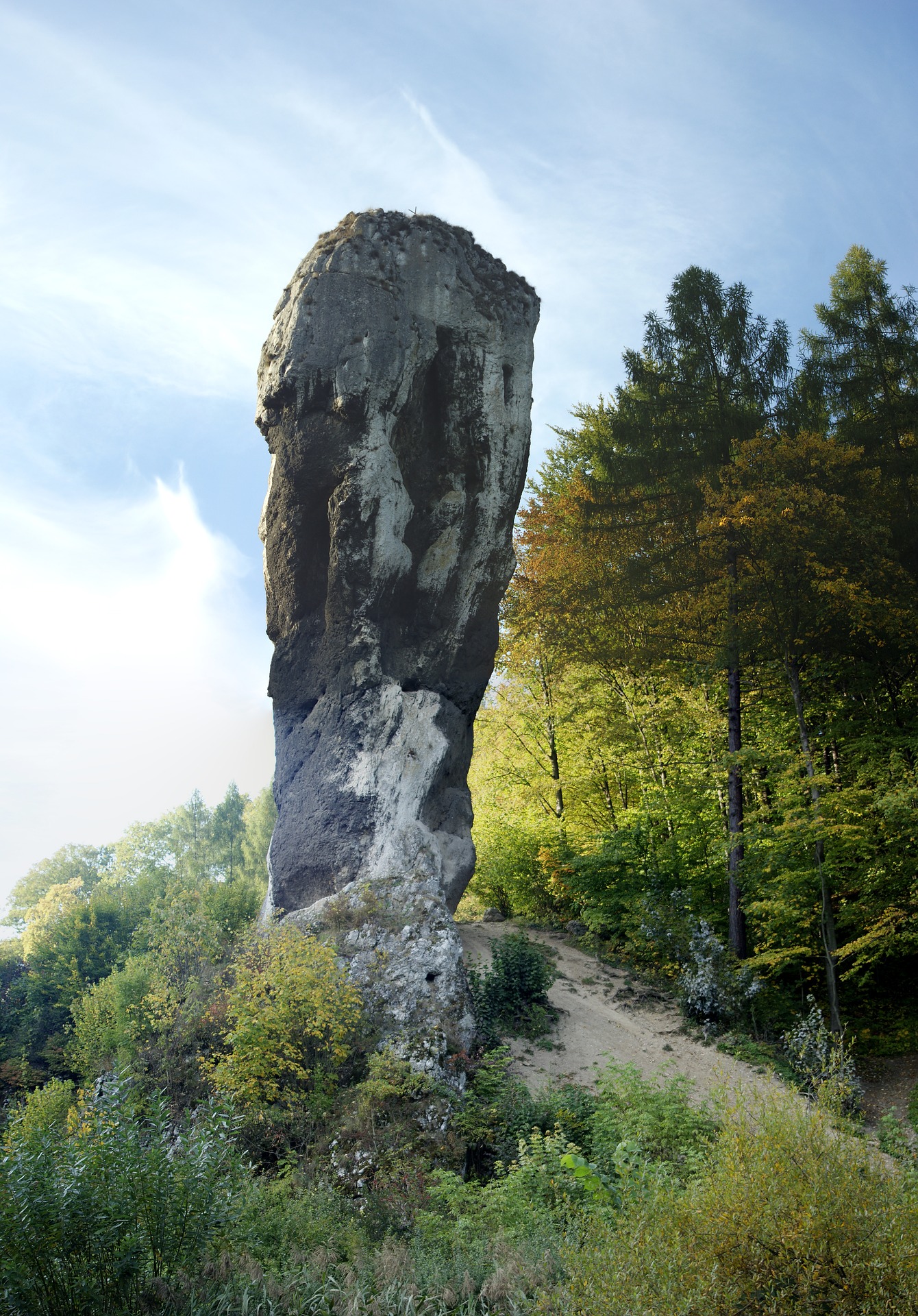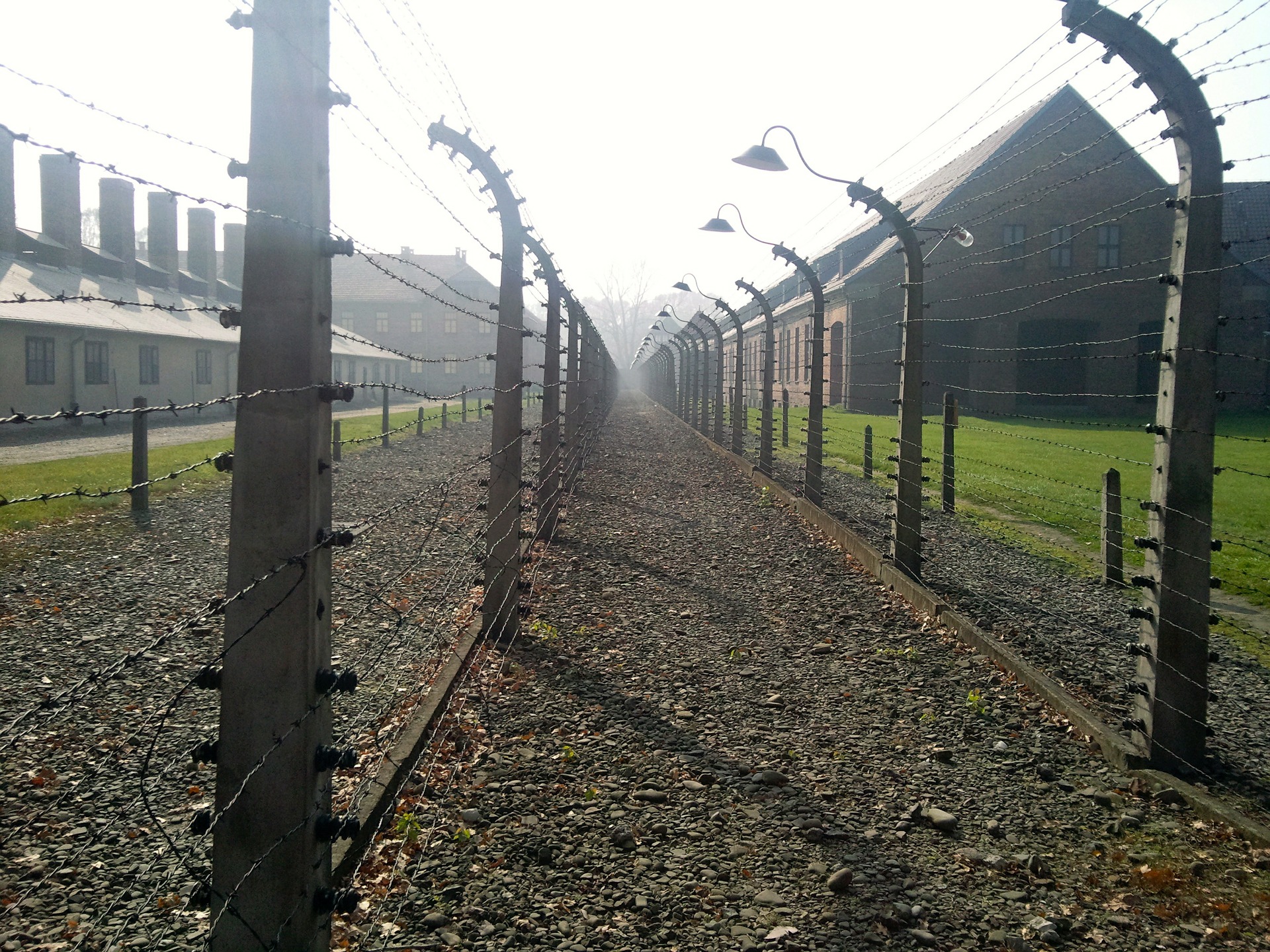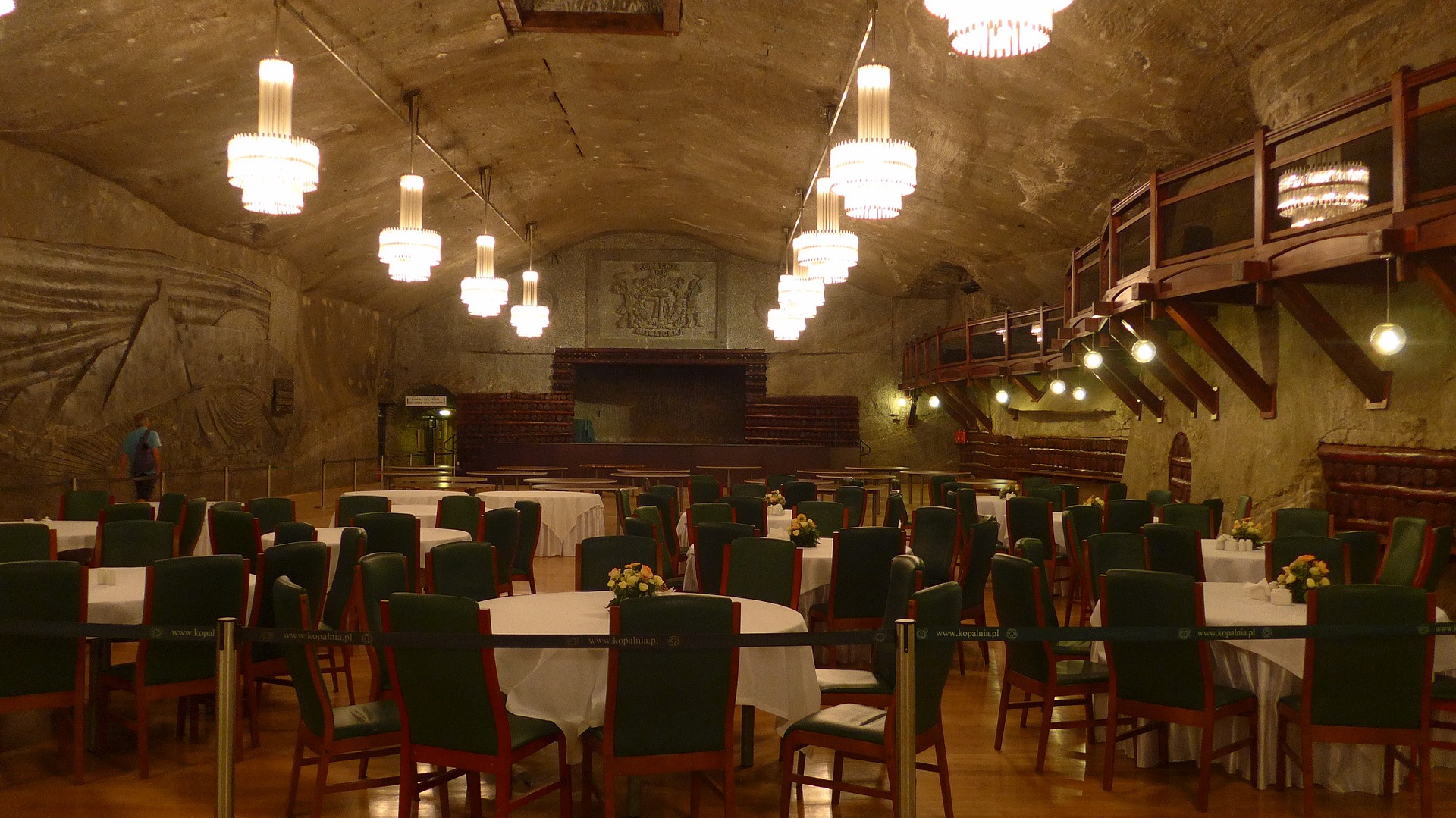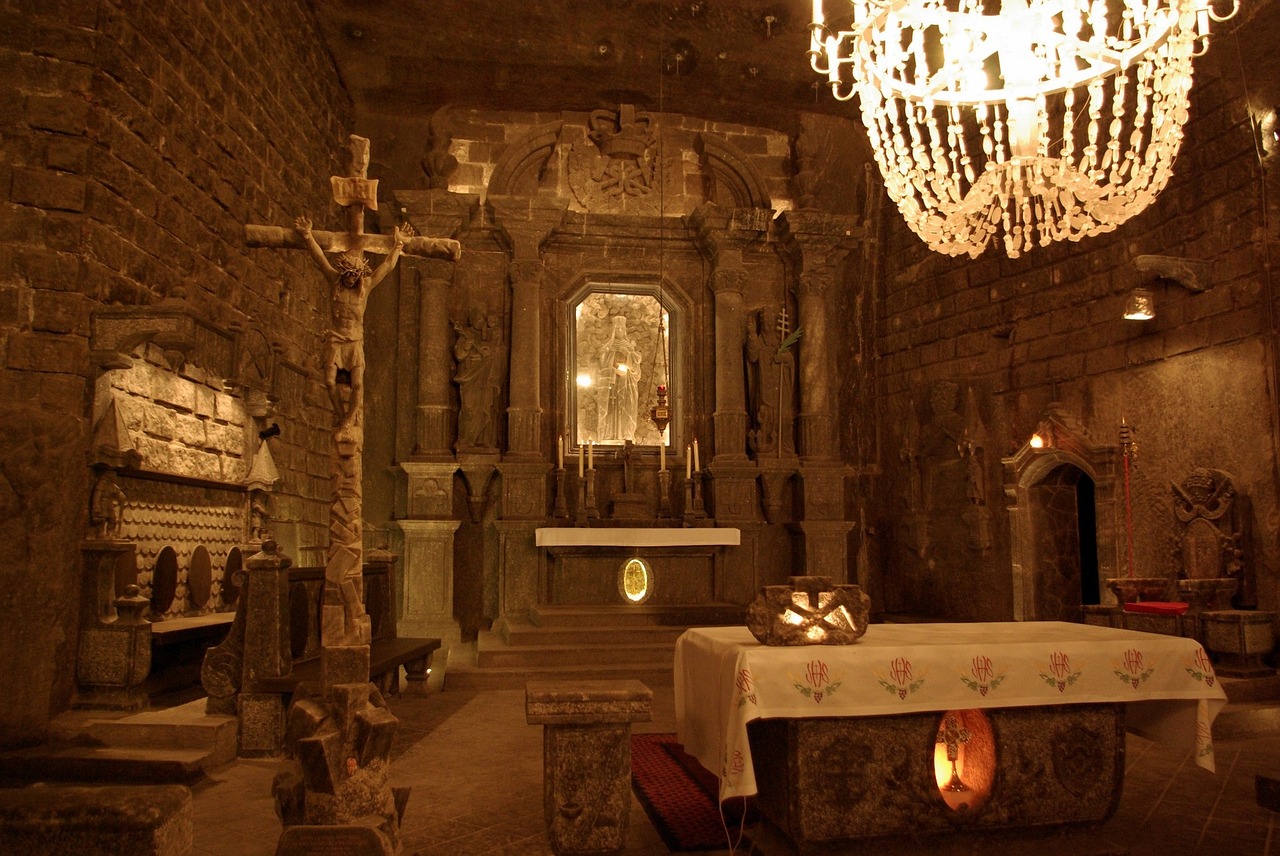Around Kraków
Kraków is undoubtedly a jewel on the map of Poland. It is exceptional in terms of history and culture. The surrounding areas are no less interesting. Prądnik Valley with Ojców is just 24 km north of Kraków in the Kraków-Częstochowa Upland. Ruins of the 14th century Casimir the Great castle can be found here. Swiss-style wooden houses from late 19th and early 20th centuries are also delightful. The famous Chapel on the Water is also worthy of a visit, and if you have more time for hiking, the Dark Cave and the Łokietek Cave should not be missed.
Tyniec, formerly an independent village, today part of the city, is located 12 km to the southwest from the centre of Kraków. It is home to one of the most important sacral monuments – the Benedict Abbey built on limestone rock above the Wisła River itself. The Wieliczka Salt Mine is 13 km to the south west of the city limits. It was entered onto the UNESCO heritage list. The oldest salt mine in Poland and today a tourist gem. Żupa Castle towers above it, while under the surface there are wonders such as the Chapel of St. Kinga or the crystal grottoes. The size of salt chambers is best evidenced by the fact that concerts are organized there, and recently, even proms or weddings.
Visiting the vicinity of Kraków, it is impossible to miss Wadowice, the city where one of the most famous Poles was born – Karol Wojtyła, the future Pope John Paul II. The city dates back to about the eighteenth century, at least the first records of it come from this period. Another place that cannot be overlooked is also nearby: Kalwaria Zebrzydowska. It was established in the 17th century by Mikołaj Zebrzydowski, a Kraków voivode. He was also the main initiator of the construction of the Bernardine monastery, a chapel with a miraculous painting of the Virgin Mary and the Way of the Cross. In 1999 the Kalwaria Zebrzydowska park was added to the UNESCO list of World Heritage Sites.
It is also worth visiting the picturesque village of Lanckorona, in Beskid Makowski to the south of Kraków. It is home to perfectly preserved 19th century wooden houses. The Gothic church of John the Baptist from the 14th century is also noteworthy. East of Kraków there is another castle built during the reign of Casimir the Great in the town of Niepołomice. In the past the castle was known as the "second Wawel". Following in the footsteps of Poland's history, it is certainly worth pondering for a moment over its most tragic period. In Oświęcim, the largest concentration camp built by the Nazis, the Auschwitz-Birkenau concentration camp, is still a silent testimony to the enormity of suffering.












